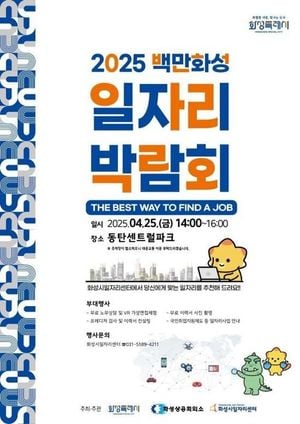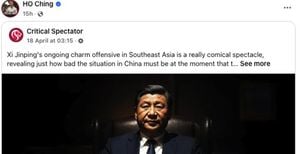In a comprehensive study released by Hakuhodo ASEAN (Thailand), the content consumption trends of Thai people aged 20 to 59 were analyzed, revealing significant shifts across different age demographics. The research delves into the rapidly changing landscape of entertainment, especially from 2567 B.E. (Buddhist Era) onward, as fandom culture appears to have a profound impact on Thai society and economy.
With a sample size of 1,200 participants across six regions of Thailand, the study highlights how consumer interests vary dramatically by age. The report titled, 'Content that Touches the Heart Differently,' indicates that individuals in their twenties favor content that offers emotional inspiration and excitement, while those in their thirties seek out relevant news and trends alongside emotional satisfaction.
The findings for the year 2568 B.E. (2025) illustrate a fascinating distinction among various age groups. For instance, the 20 to 29 age segment finds joy in content that provides emotional solace—35% prioritize 'inspiration,' while 33% look for excitement and novelty, displaying a pressing need for self-discovery during this transitional life stage.
Following this, the 30 to 39 age group emerges as the most diverse in their content consumption patterns. They seek to remain updated on current trends (32%) and find comfort in relatable narratives that echo their daily challenges, such as work stress and family responsibilities—a demographic deeply engaged yet seeking relatability.
Individuals aged 40 to 49 utilize content as a means to escape the stresses of life. They pursue relaxation and emotional support, with 27% identifying content that alleviates stress and promotes positive emotions. To a lesser extent, this group is also interested in culinary topics and cooking practices.
Remarkably, the 50 to 59 year cohort centers their content choices around family relations and cultural enrichment. They are drawn towards materials that foster community connections, with society-centric subjects such as politics and religion piquing their interest. This demographic contemplates themes of life meaning, especially as they navigate substantial life changes such as children leaving home or retirement.
Based on this wealth of information, Hakuhodo International’s strategic director, Pasit Ninnichai, emphasizes the importance of tailored marketing strategies. He indicates that the media market reach has expanded to a staggering value of 690 billion baht, growing around 4% in the last year. As consumers increasingly engage with media by liking, sharing, and commenting, there’s a rich opportunity for brands to leverage these interactions creatively.
The report encourages businesses to develop unique and targeted campaigns such as 'Magic Hour' for the 20 to 29 demographic, designed to foster creativity and excitement. Meanwhile, 'Realivant Entertainment' aims to bridge the chaotic lives of those in their thirties with worthwhile content that reflects their multifaceted experiences, essentially ensuring that brand interactions resonate emotionally.
To support individuals in their forties, 'Comfort-Vibe Entertainment' becomes a means to tap into nostalgic feelings that ease their worries. Current trends reveal a distinct shift away from romance-centric narratives, focusing instead on light-hearted, easy-to-digest content that inspires warmth and memories.
Lastly, the study proposes 'Joy Join Entertainment' for the older demographic, aiming to ignite new joys and inspiration as they enter brand new phases of life. This initiative encourages sharing knowledge and life wisdom among those aged 50 and above, perhaps through digital workshops or community gatherings that emphasize their collective history.
These insights not only reflect content consumption behavior but also showcase its marketing implications. As marketers become more adept at creating engaging campaigns tailored to specific audience segments, they not only cater to the preferences of their consumers but also resonate deeply with their emotional landscape.
In summary, Hakuhodo’s research exemplifies how different age groups approach media content, which is crucial for understanding the nuanced consumption patterns of today’s demographic landscape in Thailand. The results illustrate that as traditional forms of content are being complemented with modern interpretations (think TikTok-ing or Netflix binges), establishing a connection to inspire and foster a sense of belonging remains paramount.
Ultimately, in an age where emotional recognition plays a pivotal role in content marketing, understanding the psychological motivations behind consumer behavior in different age brackets serves not just as a strategy but as a fundamental key to unlocking profound connections with a modern audience.





